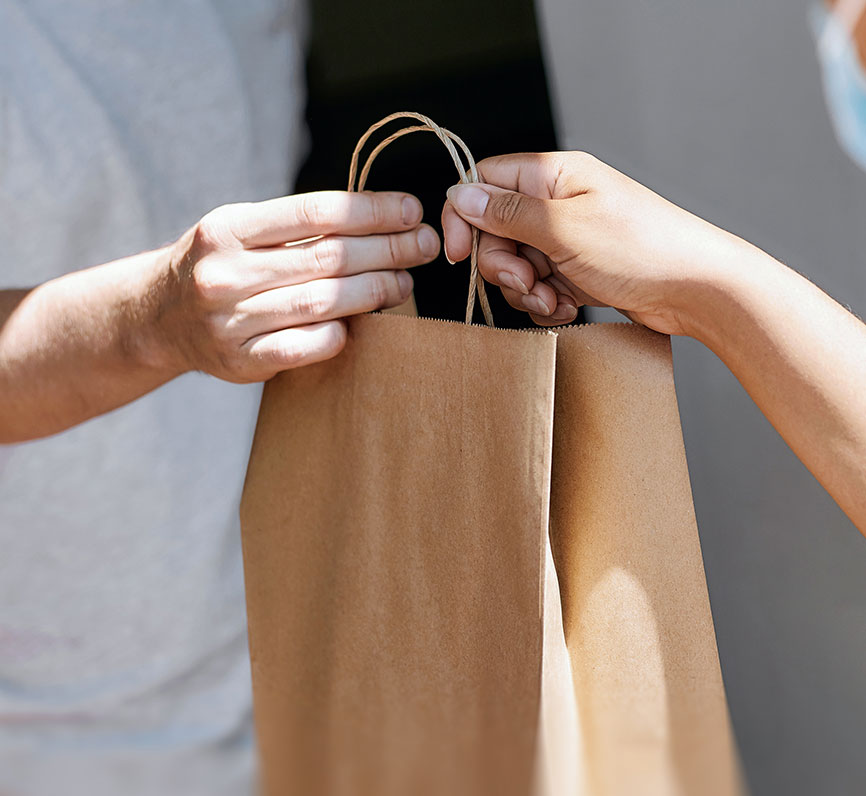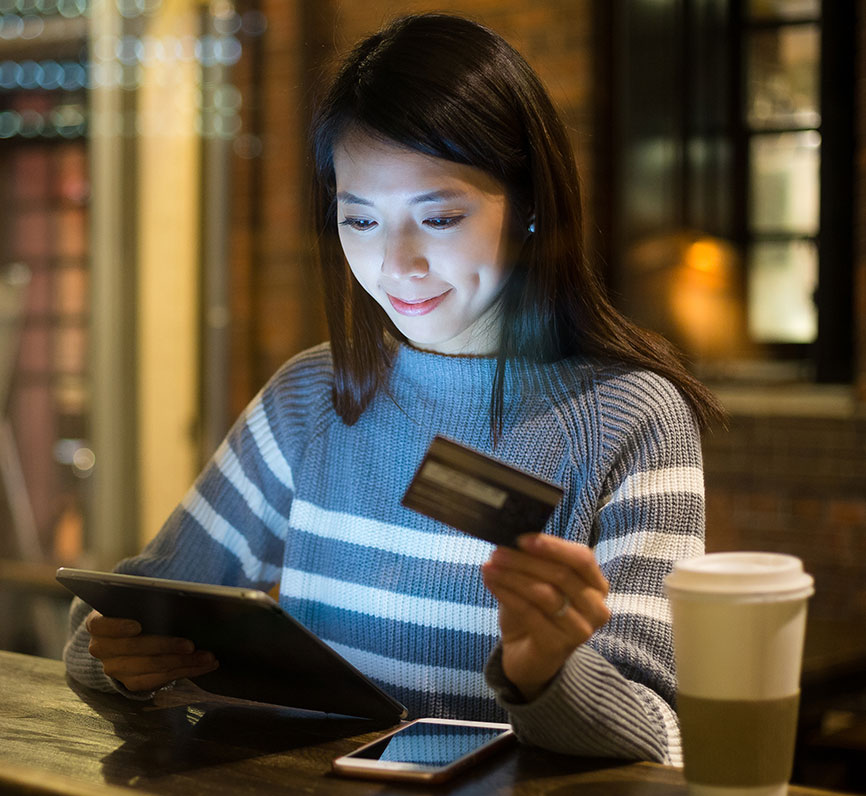https://embed-ssl.wistia.com/deliveries/a391958c179d7b5f08aebb0966dfb03f.mp4
One of the big differences that I can see is the different brand landscapes and different types of emerging business models. For instance, in France, the main contributor is the drive – pick out in-store. In the ASEAN region, which is very different from one country to another, you have a big emergence of bricks and clicks. In Australia, 4-5 years ago, the market was at around 3-4% in e-commerce, and it is now slightly moving – and generating more than 10%. There has been a big shift with the emergence of online purchases, which can take various forms. Bricks and clicks have been developing themselves strongly towards e-commerce: in the Middle East, you have the appearance of players like aggregators – platforms that will connect the consumer with the closest store. But at the same time, lots of different players are emerging everywhere, and obviously, the strong presence of Alibaba Group in all South-East Asian countries and Amazon in the Middle East and Japan.
In this landscape, you cannot have a one-size-fits-all approach.
It is really about understanding the different environments, mapping the players, and learning the different patterns so you can build a strategy.

